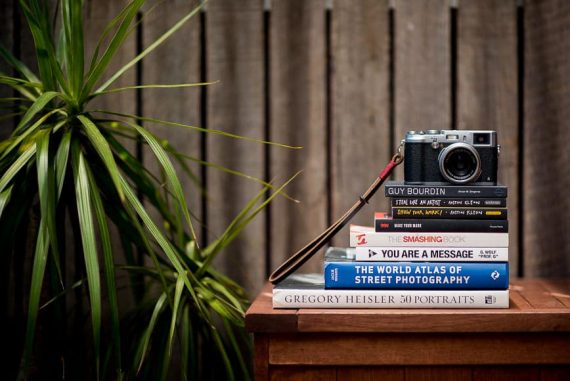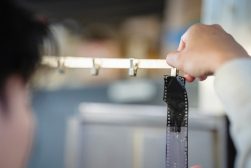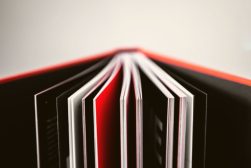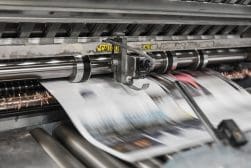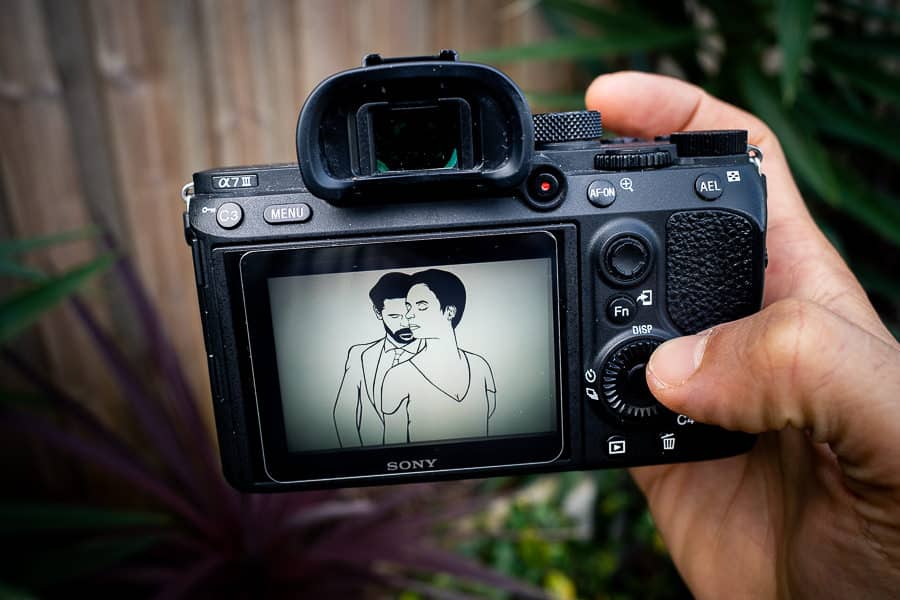

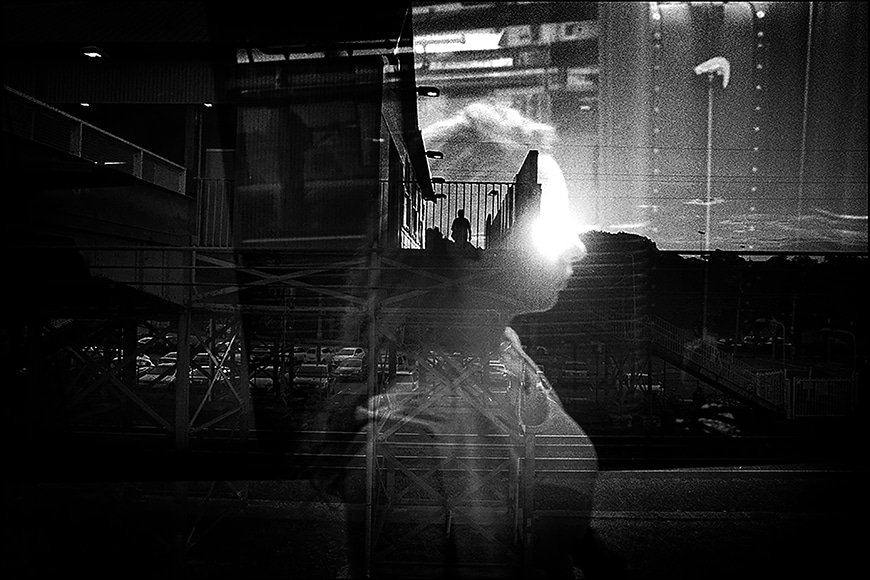




Knox Bertie
Photojournalism | Last Updated: September 30, 2021
The camera was a way of staying awake. I had just moved to Sydney, and although I had been shooting for a few years while living in London, Ras Al Khaimah, and Penang, it was Sydney where it became a way of life.
I was working as a substitute teacher in high schools across Sydney’s western suburbs and commuting on multiple trains each day.
I was struggling with the job and the commutes and very much questioning my decision of moving to Australia. It would have been easier to just tune out and scroll through my phone, but I wanted what little time I had for myself to be productive.
In the evenings I would develop film in the bathtub of my small Paddington apartment and on the weekends make prints in the darkroom at the Australian Center for Photography.
I could never afford expensive cameras and I always thought that it was more practical to spend my money on courses, film, and time in the darkroom. Also, I didn’t have the space to carry a lot of gear with me to and from work, so I learned to work with very minimal gear.
I’ve always had some form of a 35mm camera with a 28mm or 35mm lens. I’ve played around with different formats and different focal lengths, and for a long time I shot medium format, but something always brings me back to this basic combination.
These focal distances feel natural to me and I’ve used a 28mm so often now that I can see what the frame will look like before I bring the camera to my eye. I’ve always thought of the camera as a tool and that the best cameras are the ones that are simple, get out of your way, and just allow you to shoot.
My current setup is very simple and consists of just two cameras. I never carry both at the same time. I choose one or the other before I leave the house and have it hanging around my neck with the lens cap off and the settings ready so that I’m always ready to shoot. There’s no rhyme or reason for why I choose one camera over the other or digital over film; I just go with what I’m feeling at the time.
My current film camera is a 1931 Leica iii, with a 35mm f/3.5 Summaron lens and the VIOOH viewfinder. I’m not overly picky with film and often will choose whatever 400 speed film is cheapest in Australia at the time.
My digital camera is the beautiful Leica Q2 Monochrom. There is something about the files from these dedicated black and white sensors that are instantly recognisable to me. Editing files from this camera feels very similar to the files produced from medium format scanned film.
The only other essentials that I carry with me are a notepad and pen, and a Gossen Digipro F light meter. I’m not picky about the pad and pen and their function is to journal while I’m sitting and waiting. Often I’ll write 10-12 pages of my thoughts while waiting for a train.
Most of my shooting is done while either reading or writing and I usually just pause for a moment to take a shot. I rarely use the light meter but always have it with me.
On overcast days, where the light is tricky, I’ll take a single reading and then set the camera and keep it there. I didn’t include a book in the photo because there is no single book that I feel represents how I think or work, but I always have a book with me. My favourites are Post Office by Bukowski, The Fountainhead by Rand, The Outsider by Camus, and Keep the Aspidistra Flying by Orwell.
The darkroom is a big part of my process and I spend much more time working on prints than I do shooting. I view photography as a start to finish process, with the end goal of a physical print always in mind.
How I set the camera, how I expose the film, the time I develop the film, the paper I choose, and the enlarger filters used, are all part of a single process.
Each step looks technically incorrect (and it is) but the culmination of these parts creates a specific look that I’ve developed over time. Also, I’ve always just enjoyed the solitary pursuit of the time in a dark room and the mental and physical focus required to make a good print. I listen to music and podcasts and shut the door and often come out as the suns coming up.
I actually can’t think of any place in the world where I would rather be. I feel very fortunate to be in a position now where I have my own darkroom and can work on prints every day.
The focus of my photography has always been a self-reflection of my own journey. It’s highly personal work, but I’m always happy when someone sees something different from what I did or what I attended. Perhaps it’s because they see something of their own journey in it.





